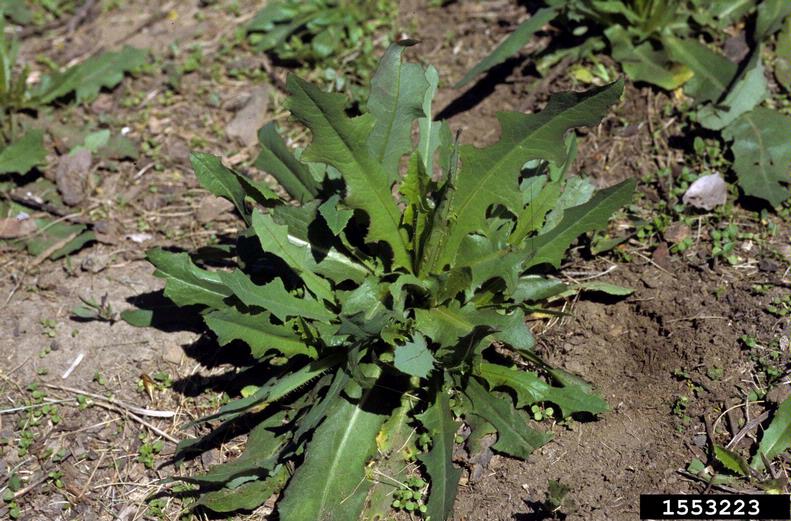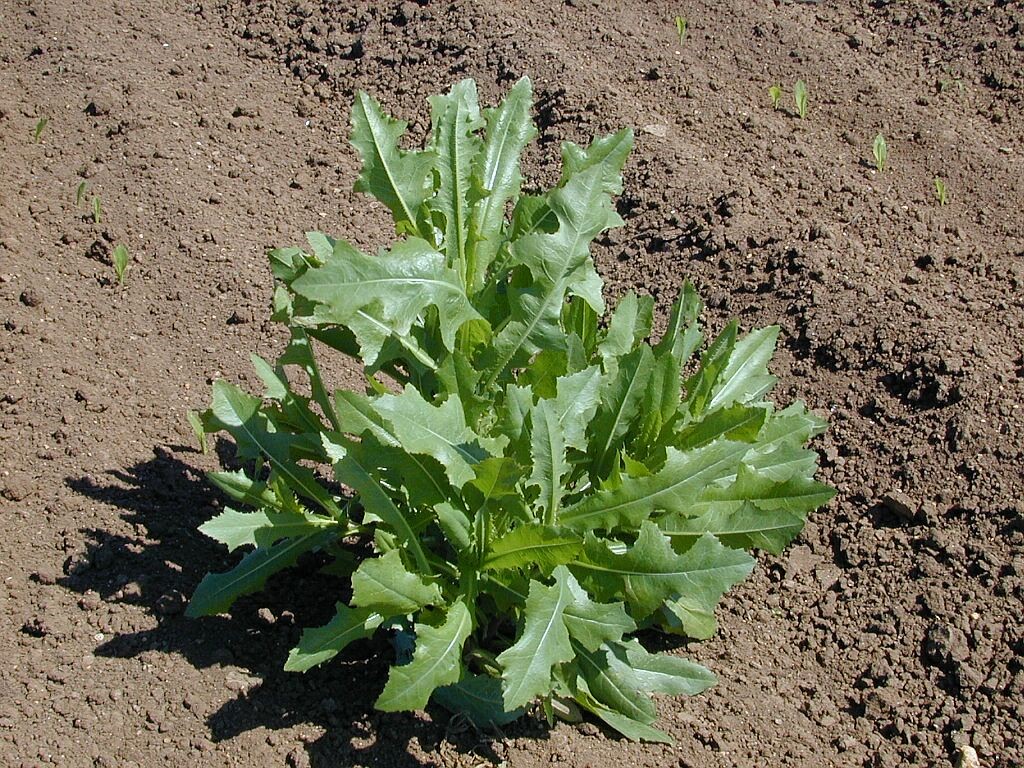Prickly lettuce (Lactuca serriola) is often mistaken for a common weed, growing in fields, gardens, and roadsides. However, this plant has long been recognized in traditional practices for its potential uses. Though not as widely studied as other medicinal herbs, prickly lettuce contains natural compounds that have sparked interest in herbal communities. While more scientific research is needed to fully understand its effects, many traditional uses of this plant highlight its potential benefits.
A Brief Introduction to Prickly Lettuce
Prickly lettuce is considered the wild ancestor of cultivated lettuce (Lactuca sativa). It is native to Europe, Asia, and North Africa but has spread worldwide. This biennial plant can grow up to six feet tall and is characterized by its deeply lobed leaves with spiny edges. When the stems or leaves are broken, they release a milky sap.
Historically, prickly lettuce has been used in various traditional practices, particularly in herbal medicine. However, while it contains bioactive compounds, its effects require further scientific investigation to confirm its efficacy and safety.
Traditional Use as a Mild Pain Reliever
One of the most well-known traditional uses of prickly lettuce is its potential to ease mild discomfort. The plant contains a milky sap known as lactucarium, which has historically been referred to as “lettuce opium” due to its reported mild sedative properties. However, it is important to note that lactucarium is not an actual opioid and does not have the same potency or risks associated with opium-based substances.
Compounds such as lactucin and lactucopicrin, found in the plant, have been studied for their potential analgesic and calming effects. Some herbalists have traditionally used it for mild headaches and muscle discomfort. However, scientific research on these effects remains limited, and further studies are necessary to confirm these claims.
Potential for Relaxation and Sleep Support

Prickly lettuce has also been traditionally used as a natural aid for relaxation. Some believe that its mild sedative properties can help promote restful sleep. Herbal teas and tinctures made from the plant have been used in folk remedies for managing occasional restlessness.
While some studies suggest that compounds in prickly lettuce may influence the nervous system, there is currently no strong clinical evidence proving its effectiveness as a sleep aid. Anyone considering using prickly lettuce for sleep support should consult a healthcare professional.
Digestive Health and Detox Support
Traditional herbalists have used prickly lettuce to support digestion due to its bitter compounds, which are thought to promote digestive function. Some claim it may aid in bile production, which helps break down fats, but more research is needed to verify these benefits. Additionally, it has been suggested that the plant’s mild diuretic properties may support kidney function by helping the body eliminate excess fluids.
However, it is important to approach these claims with caution, as there is limited scientific validation of prickly lettuce’s direct effects on digestion or detoxification.
Anti-Inflammatory and Antimicrobial Properties
Some preliminary studies indicate that prickly lettuce contains flavonoids and antioxidants, which may contribute to anti-inflammatory effects. Additionally, some research suggests that its extracts may have antimicrobial properties. However, these studies are still in early stages, and more rigorous research is needed to determine the plant’s true effectiveness in these areas.
A Resilient and Eco-Friendly Plant
Beyond its potential herbal benefits, prickly lettuce is a highly resilient plant. It can thrive in poor soil conditions, withstand drought, and grow in disturbed areas. These characteristics make it an important part of certain ecosystems, providing food for pollinators and playing a role in soil stabilization.
Its ability to grow with minimal resources has also sparked interest in sustainable agriculture. While it is not a widely cultivated medicinal herb, its natural resilience makes it a plant worth studying for ecological benefits.
Conclusion

Prickly lettuce is a fascinating plant with a long history of traditional uses. While many believe it has benefits ranging from mild pain relief to relaxation support, scientific research is still needed to confirm these effects. Its resilience and ability to grow in various environments make it an interesting species in both herbal traditions and ecological studies.
As with any herbal remedy, it is essential to approach prickly lettuce with an informed perspective. Anyone considering using it for health purposes should consult a qualified healthcare professional to ensure safety and appropriateness. While it may not be a cure-all, its historical significance and natural properties make it a plant worth appreciating.
